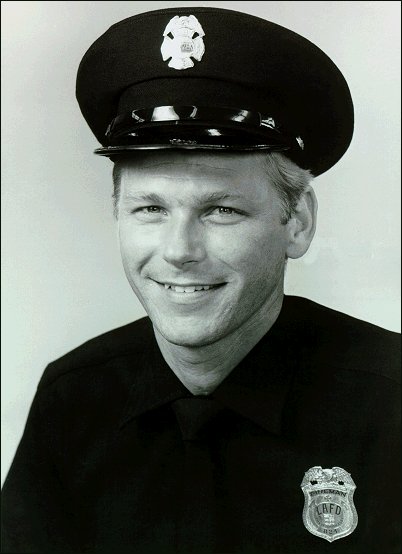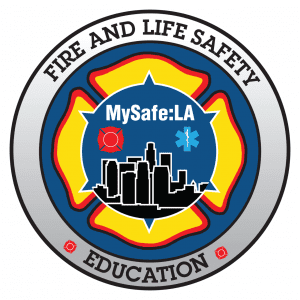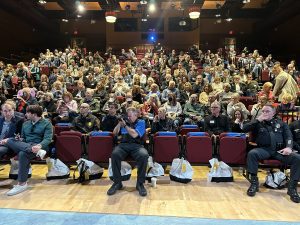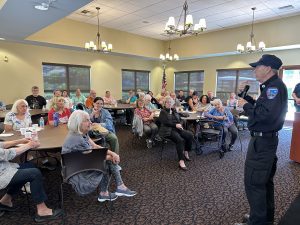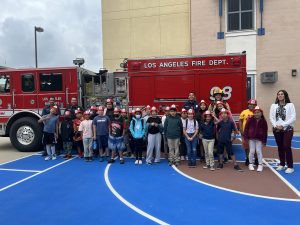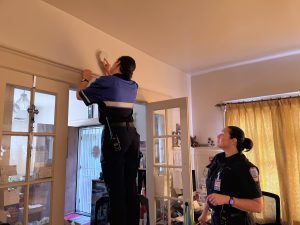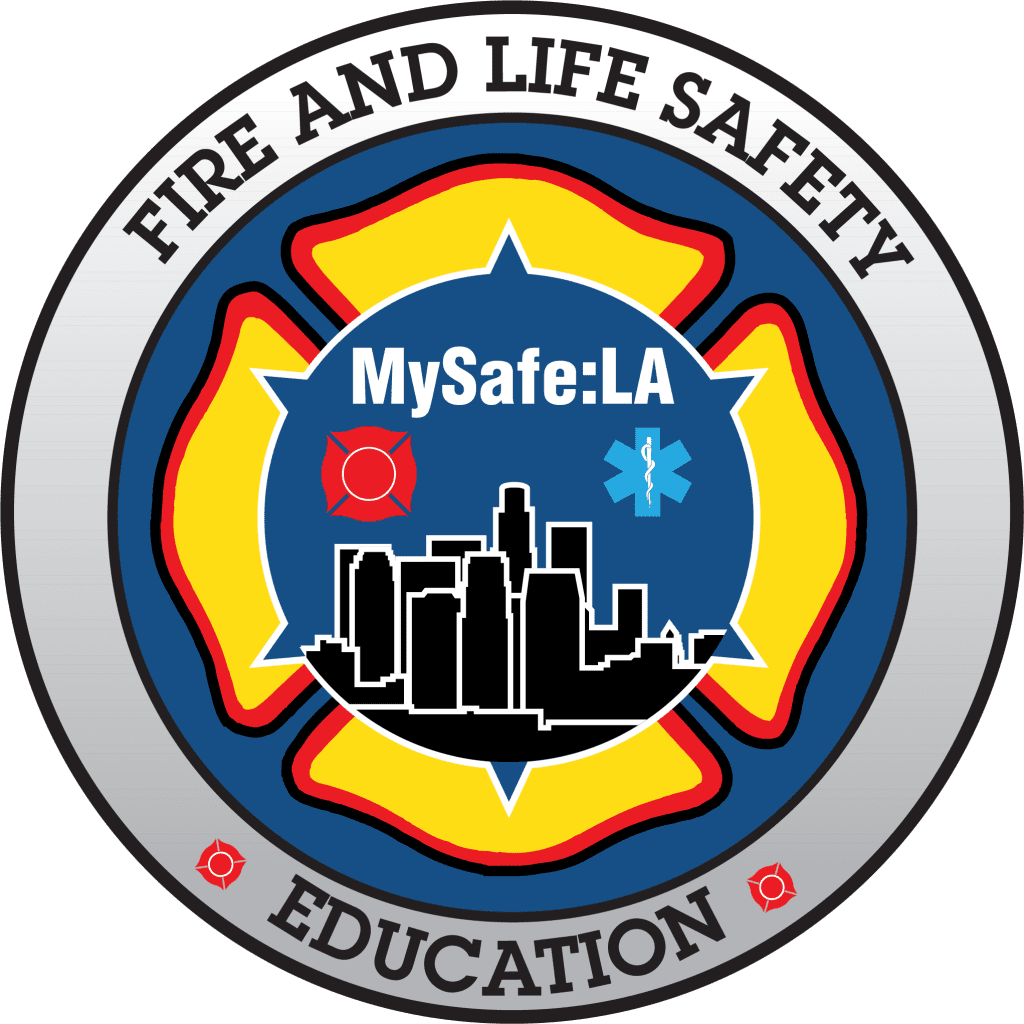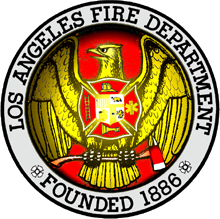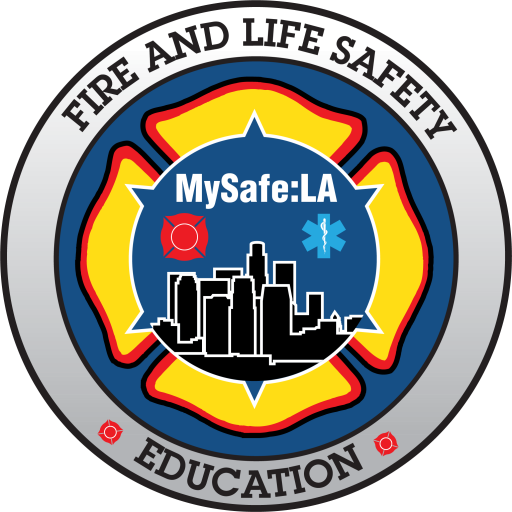People are getting away with murder, and often, there’s nobody to stop them. The murder weapon: An arsonist’s torch.
Yesterday afternoon (9/29/16), the Los Angeles Fire Department celebrated seven of its heroic members (and recognized three K9 search dogs) during an award ceremony in downtown Los Angeles. Active and retired members were honored for their commitment to the community, and in many cases for outright bravery. LAFD Apparatus Operator Thomas G. Taylor wasn’t there.
Tom was a firefighter at Fire Station 60 in North Hollywood. Well liked and a member of one of the crack teams in the department’s valley Division, he was experienced in nearly every type of structure fire response. At approximately 3:33AM on January 28, 1981, a full alarm structure assignment was dispatched to Cugees Restaurant in North Hollywood. Apparatus Operator Taylor donned his turnouts and climbed into the driver’s seat. He engaged the transmission, turning on the lights and siren, and drove the 100 foot aerial ladder truck and its crew towards the reported fire, doing what he did every shift. Twenty minutes later, he would be lost forever, a victim of one of the most cowardly forms of premeditated murder.
Arson is often about either money or revenge. And for many it has a certain appeal. Few arson fires are prosecuted due to lack of evidence, and even more are never reported.
Last year, 157 people died in fires that were determined to be arson in the United States.
Arsonists set fires that destroyed $729 million worth of structural and vehicle property in 2014, up 10 percent from $663 million in 2013, according to the NFPA.
According to the FBI’s Uniform Crime Reporting Program, law enforcement agencies in the United States reported 42,934 arson offenses in 2014 (the most recent nationally published data).
What’s not mentioned is that as many as 60,000 additional arson cases were never reported. The implications are that more than $1.5 billion in additional destroyed property may have occurred, and dozens of fatalities may never have been connected to an arson fire.
Of all major crimes, arson has one of the lowest clearance rates (either by arresting the offender or closing the case when the identified (possible) offender cannot be prosecuted for technical reasons). The national rate in 2014 was only 21.8 percent.
That means that 78.2 percent of all arson cases are never cleared.
Add to that the likelihood that double that rate were never investigated in the first place.
Structures and vehicles aren’t the only targets for arsonists. During the past decade, one out of every five wildfires were declared arson (source: CAL FIRE). In 2014, more than 1,000 wildfires were intentionally torched and six of the top 20 most damaging California wildfires (ranked by number of structures destroyed) were arson fires.
Firefighters are more at risk fighting wildfire than any other type. Even highly experienced firefighters, such as the Granite Mountain Hotshots (19 fatalities in the Yarnell Hill Fire) or the CalFire wildfire specialists (five firefighters killed in the San Jacinto arson wildfire), put their lives at risk every time they respond.
Arsonists rarely think anyone is going to be hurt when they intentionally ignite a structure, vehicle, or wildfire. But part of their plan is to ensure the destruction of the target. To succeed, the fire must go undetected for as long as possible.
When Task Force 60 pulled up on scene at 5300 Lankershim Boulevard, a restaurant called Cugees, they saw some smoke billowing in the interior of the structure, and the orange glow of fire near the rear of the building. In order to protect firefighters who may make an interior fire attack, the gas, heat, and smoke must be given a chance to evacuate the building. To do that, firefighters use saws and axes to ventilate the roof.
The firemen of Truck 60 didn’t know they were dealing with an arson fire. They didn’t know how long the restaurant had been burning. The four members assigned to Truck 60, including Tom Taylor climbed onto the roof and began cutting a hole. Firefighters on the ground began working to protect exposures and to initiate an interior attack once the pressurized smoke and gas was able to blow through the holes firefighters were cutting.
But Cugees had likely been burning for a long time before the 3:33 alarm. The heat inside the building, built in 1935, was intense and the roof already compromised before firefighters stepped over the parapet to begin their ventilation operation.
Fast forward 35 years, and at a hotel near City Hall in downtown Los Angeles, Fire Chief Ralph Terrazas was sharing stories of bravery with an enthusiastic audience as the 2016 Awards Luncheon unfolded. 330 miles to the north, Los Angeles Chief Deputy Joseph Castro and LAFD United Firefighters of Los Angeles Vice President Tony Gamboa (among others) were telling another story of bravery. They were appearing before the parole board at Chuckawalla State Prison, pleading with the board to not grant parole to Mario Cantanio, the man convicted of the arson fire and the death of Tom Taylor.
To understand the impact that arson has on a group of people, one only need listen to Chief Castro and his partners, or read about that early morning in January of 1981.
Firefighter Taylor had started the chainsaw on the roof of the blazing restaurant when suddenly, the roof began to sag. A parapet surrounded the roof, meaning firefighters not only had to get to the edge of the roof, they had to climb over the masonry edging. Captain Michael Reagan and Burton Sander reached the parapet and despite the smoke and increasing heat, were able to start to climb over.

Mike Meadows, a Los Angeles Times photographer, witnessed the in-progress rescue. “I saw a pair of hands grasping the parapet,” he said. “Then a face appeared. It was a (firefighter) I know, Bud Lawson, and he was in trouble. They put up a ladder and turned the hose on him, and someone pulled Bud onto the ladder.”
Meanwhile, the roof continued to sag, dragging Taylor and his heavy turnouts with it. Photographer Meadows captured an image of firefighter Thomas Shrout’s hand reaching for firefighter Taylor. Assistant Chief Daryl Thompson said, “Firefighter Shrout reached down several times to try and grab Taylor, but all he could reach was his fingertips.”


Then Taylor disappeared.
The roof had collapsed.
On the building exterior, firefighters Sander and Reagan were dangling by their hands over the street. The heat was too much to bear and one after the other, they fell to the ground below, suffering multiple injuries, with Sander’s legs entangled in the rungs of a ladder that wasn’t tall enough to rescue him or Reagan.


In addition to the Line of Duty Death of Taylor, eight LAFD members were injured and transported to area hospitals. By the time the fire was knocked down, dawn had broken. In Hollywood, just over the Cahuenga Pass, a Battalion Chief at fire station 27 was preparing to tell Jeff Taylor, also a firefighter, than his brother had been killed in a structure fire. Fire Chief John Gerard was preparing a statement for the media regarding the forth line of duty death of a Los Angeles firefighter in just two years.
Taylor was popular, and his death affected hundreds of people. The death of any firefighter has a big impact on a community. More than 900 people attended Taylor’s memorial service. Fire Chief Gerard noted that, “courage is that quality that makes the human spirit noble. Each and every day in cities throughout our country, firefighters are demonstrating that nobility.”
Today, there is a plaque on the side of a bank building where Cugees once stood. It honors the sacrifice that firefighter Taylor made.
At the parole hearing in Northern California, Chief Deputy Castro and UFLAC First VP Gamboa reminded the parole board that even though 35 years had passed since the destruction of Cugees and the loss of Tom Taylor, the most significant factors hadn’t changed.
Chief Castro was a 22 year old firefighter that night, assigned to Truck 29, when his company was dispatched into the fire. Ultimately, Truck 29 and Engine 45 were assigned the task of searching for A/O Taylor’s body. Chief Castro spoke emotionally about the ensuing 35 years of emotional trauma as the mental images of Tom’s badly burned body continue to haunt him to this day. The Chief also pleaded with the board to consider the detrimental effect paroling Mario Cantanio would have on the 30,000 firefighters in the state of California; “These firefighters must have assurance that any person who sets a fire that results in the death of a firefighter will, at the very least, serve the maximum time as prescribed by their trail conviction, how else can they continue on with their heroic actions as they protect the citizens of California?”
On the other side of the table, Mario Cantiano and his legal team had a different story to tell. The arsonist had been a model prisoner, had paid for his crime, and had long passed the minimum 25 year to life sentence he was handed after being convicted.
After internal discussion, the parole board ruled in favor of the arsonist, and he will be granted parole.
Maybe the arsonist did learn about the remarkable cowardice that arson entails. Maybe he was a model prisoner, and maybe he understands that arson results in not only monetary losses, but in loss of life as well.
No matter what, the arsonist gets to go home. Thomas Taylor, a selfless and dedicated firefighter with the Los Angeles City Fire Department doesn’t.

